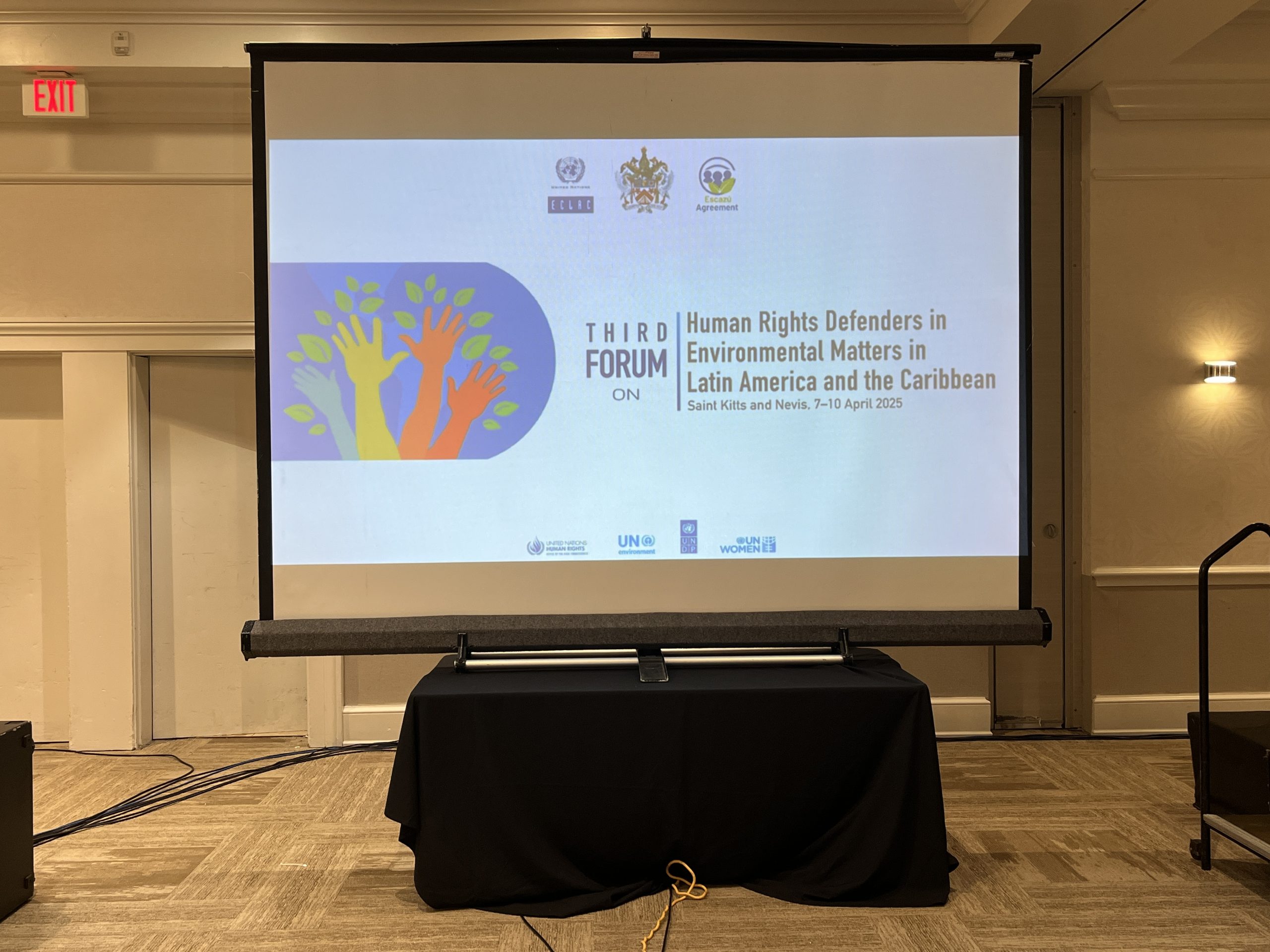Guardians of the Earth: How Latin America's Green Champions Are Winning Legal Battles for Environmental Justice

A Groundbreaking Environmental Rights Milestone: The Escazú Agreement
In a historic leap forward for environmental justice, the Escazú Agreement stands as a transformative regional treaty that empowers communities across Latin America and the Caribbean. This landmark accord goes beyond traditional environmental policies by establishing critical rights that put people at the heart of environmental decision-making.
The agreement breaks new ground by guaranteeing three fundamental pillars of environmental democracy:
1. Access to Environmental Information: Ensuring transparency and enabling citizens to understand environmental challenges in their communities.
2. Public Participation: Giving local populations a meaningful voice in environmental policies and decisions that directly impact their lives and ecosystems.
3. Access to Justice: Providing legal pathways for individuals and communities to seek recourse and protection of their environmental rights.
By creating these robust mechanisms, the Escazú Agreement represents a powerful tool for environmental protection, social inclusion, and sustainable development in the region. It signals a progressive approach to environmental governance that recognizes the interconnection between human rights and environmental preservation.
